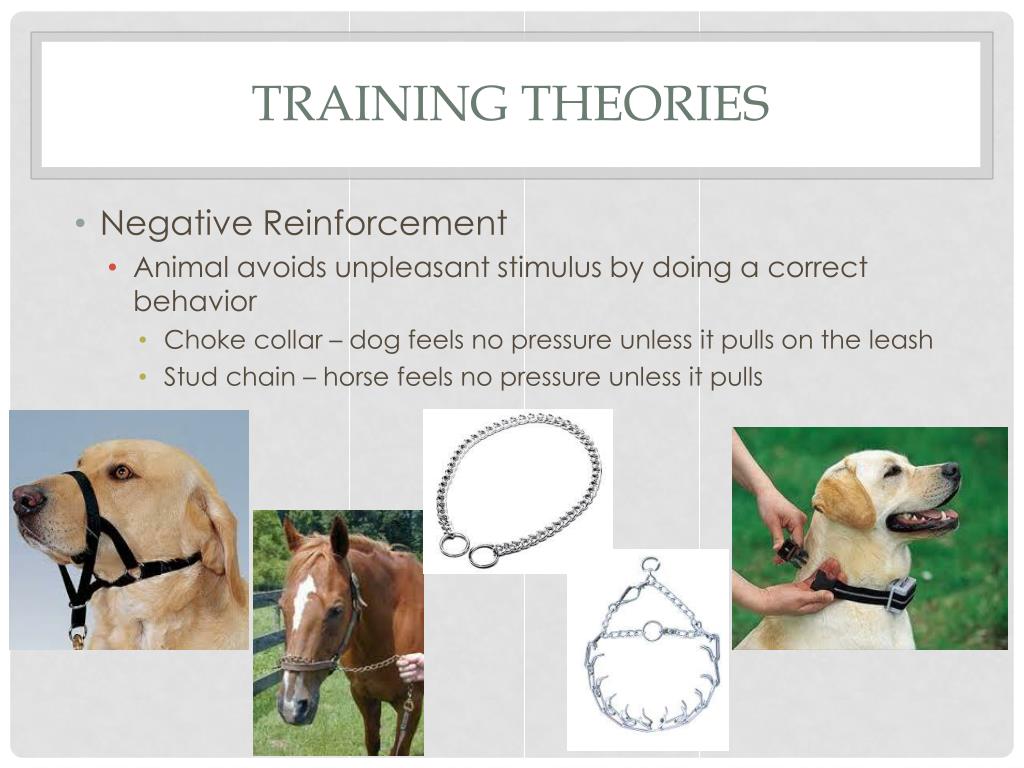

After discussing the implications of these results for various learning theories, the authors conclude by suggesting “that elicitation of the consummatory response appears to be a more critical primary reinforcing factor in instrumental learning than the drive reduction subsequently achieved.”

Learning was rapid and showed a high positive relation between correct choice and speed on the one hand and rate of ingestion of the saccharine reward on the other. In 1950 Sheffield and Roby published, “Reward value of a non-nutritive sweet taste.” The abstract from APA PsychNet:Īfter showing that hungry rats will ingest significantly more of a 1.3 gram/liter saccharine solution than satiated control animals, the hungry rats were trained on a single unit T-maze with a saccharine solution reward. What I haven’t seen is anybody pointing out is that there were multiple experiments performed in the 1950s that successfully separated out the positive reinforcement qualities of food that were independent of assuaging hunger. It is often played like some sort of trump card, but it is as out of date as dominance theory. I have seen this claimed by force trainers but also a few people in the positive reinforcement (oops! maybe they wouldn’t call it that) community. People who train with food are employing a negative reinforcement protocol because food removes the aversive state of hunger. Here’s how the argument is usually presented: So yeah, there are some scenarios where the primary process can’t easily be determined. The situations that don’t fit well into one process or another generally have in common that they deal with a continuum of states and not discrete things that are added or removed. If you are a little bit cold and go turn your thermostat up 2 degrees and the furnace comes on, are you adding heat or reducing cold? Most people would say the latter (negative reinforcement), but that heat can sure feel pleasurable and luxurious in its own right when it comes on. The classic example is that of thermostat adjustment. There are indeed some situations where it is very difficult or impossible to determine the major process. But there seems to be a growing minority that either truly doesn’t perceive a difference or is focused on some gray areas and generalizing from those. Negative reinforcement involves an aversive (the thing that gets removed), and most trainers in the positive reinforcement oriented community want to avoid that.

Positive reinforcement: Something is added after a behavior, which results in the behavior happening more often.I got curious about the food argument so I gathered up some articles I had and did a little poking around in the psych journals. Some people claim that you can’t determine which process is at work in any reinforcement scenario (continuum fallacy, anyone?), and it’s even been argued that the terms “positive” and “negative” should be abolished. More on that in a later post, but if you pick up any new edition of a learning theory textbook, guess what? That point of view may be mentioned but the terms are still in use. Lately I’ve been reading a lot of remarks that seek to minimize the difference between positive and negative reinforcement. You can read my post, Operant Learning Illustrated by Examples, to get the basics. Note: You need a basic understanding of the processes (often called quadrants) of operant learning for the discussion in this post to be meaningful. This question was pretty well answered in the 1950s. Posted on Septemby If your dog is really hungry, what learning process will be involved here?


 0 kommentar(er)
0 kommentar(er)
